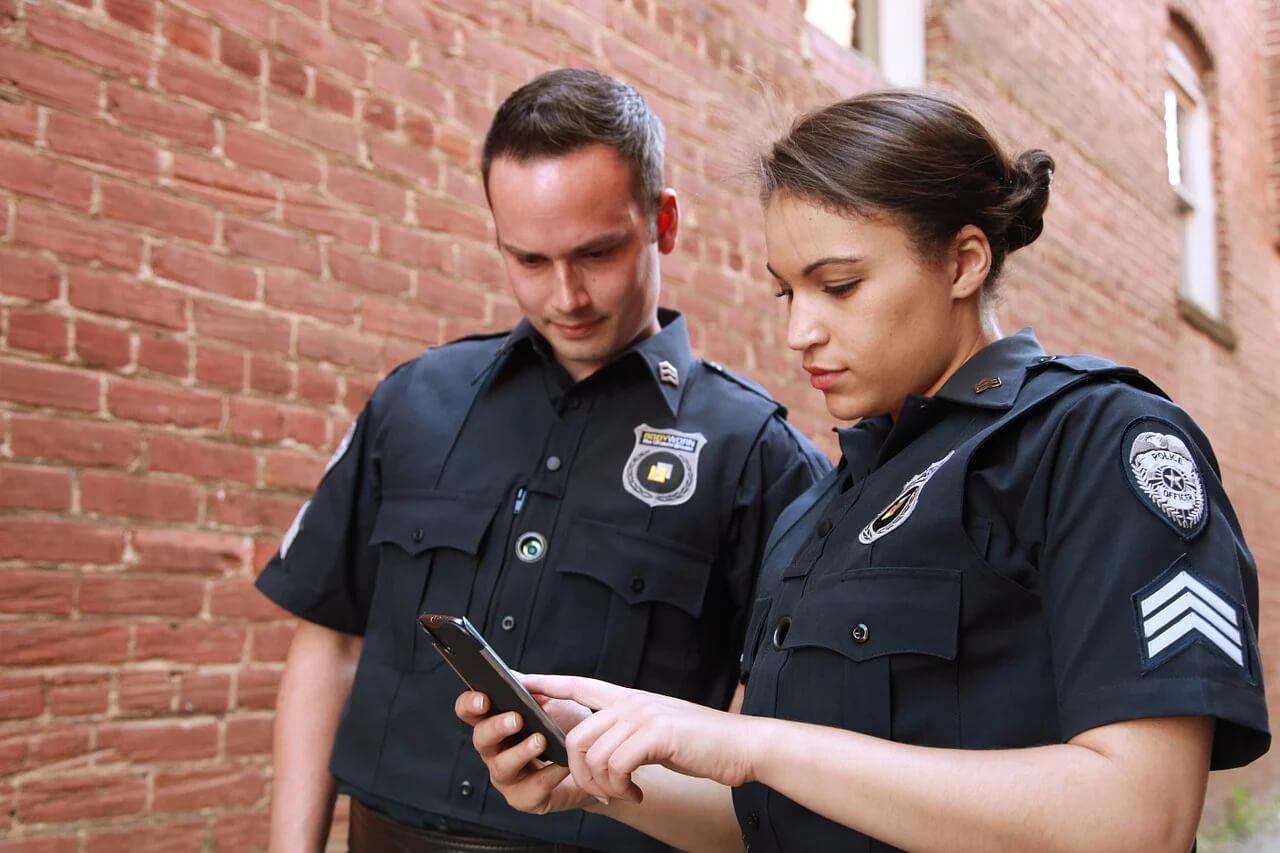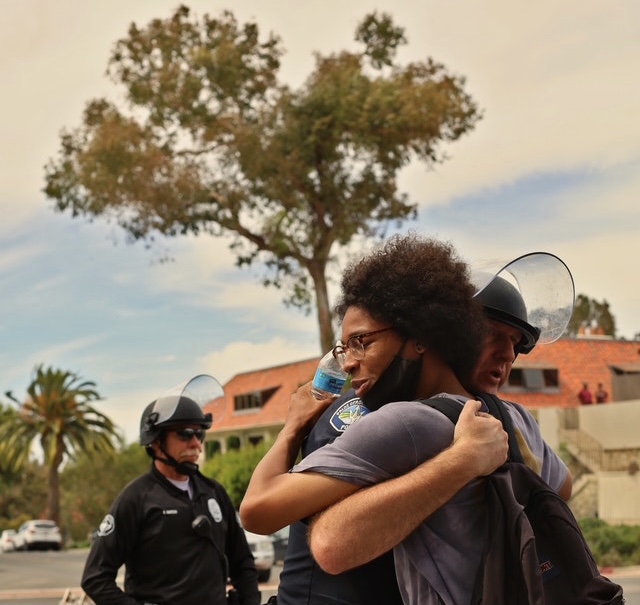Introduction
In the dynamic landscape of law enforcement, the concept of community policing has emerged as a pivotal strategy, fostering a symbiotic relationship between the police force and the community it serves. This blog post delves into the essence of partnerships and community policing, offering a comprehensive guide for law enforcement agencies eager to cultivate or enhance this collaborative approach. With over two decades of experience in the field, this post draws on a wealth of knowledge and best practices, aiming to equip law enforcement professionals with the tools and insights needed to initiate and sustain successful community partnerships.
The Cornerstone of Community Policing
Community policing is not merely a tactic but a philosophy, a mindset that permeates the very fabric of law enforcement strategies. It hinges on the principle that effective policing goes beyond enforcing the law, extending into building trust, understanding, and cooperation with the community. This approach recognizes the community as a co-producer of public safety, where its members actively participate in identifying, prioritizing, and solving problems.
The Role of Partnerships in Community Policing
Partnerships in community policing are multifaceted, involving a wide array of stakeholders including local businesses, schools, non-profit organizations, and other community groups. These partnerships are instrumental in:
- Information Sharing: Establishing a two-way communication channel for sharing concerns, insights, and feedback between the police and the community.
- Resource Optimization: Pooling resources and expertise from various sectors to address complex community issues effectively.
- Problem-Solving: Collaborating to identify underlying causes of crime and disorder and devising innovative solutions.
- Trust Building: Fostering a sense of mutual respect and understanding, which is fundamental in cultivating a safe and secure community.
Getting Started with Community Policing Partnerships
Embarking on the journey of community policing requires a strategic approach, underpinned by commitment and consistency. Here are the foundational steps to get started:
1. Assessing Community Needs and Resources
Begin by conducting a thorough assessment of the community’s needs, concerns, and the resources available. This involves:
-
- Gathering data on crime trends, societal issues, and community demographics.
- Engaging with community members through surveys, town hall meetings, or focus groups to understand their perspectives and expectations.
- Identifying local organizations, businesses, and key influencers who can play a pivotal role in the partnership.
2. Building a Dedicated Team
Assemble a team within the law enforcement agency that is dedicated to community policing initiatives. This team should:
-
- Be trained in community engagement, problem-solving, and conflict resolution.
- Represent the diversity of the community to ensure a wide range of perspectives and approaches.
- Be committed to the principles of transparency, accountability, and responsiveness.
3. Developing a Strategic Plan
Craft a comprehensive strategic plan that outlines:
-
- Clear goals and objectives for the community policing initiative.
- Strategies for building and maintaining partnerships.
- Mechanisms for ongoing communication and collaboration with community stakeholders.
- Metrics for evaluating the effectiveness of the partnerships and the impact on community safety.
4. Implementing Initiatives and Programs
Roll out targeted initiatives and programs that address the specific needs and concerns of the community. These might include:
-
- Neighborhood watch programs.
- Youth engagement and mentorship programs.
- Joint problem-solving task forces.
- Community policing training for both officers and community members.
5. Evaluating and Adjusting
Continuously monitor the progress and impact of the community policing efforts. This involves:
- Collecting and analyzing data on crime rates, community feedback, and partnership effectiveness.
- Making adjustments to strategies and initiatives based on empirical evidence and community input.
- Celebrating successes and learning from challenges to foster a culture of continuous improvement.
FAQ
Q1: What is the primary goal of community policing?
The primary goal of community policing is to build trust and mutual respect between the police and the community, thereby enhancing public safety through collaborative problem-solving and partnership.
Q2: How can law enforcement agencies measure the success of community policing initiatives?
Success can be measured through various metrics, including reductions in crime rates, improvements in community satisfaction and trust, increased community engagement in safety initiatives, and positive feedback from both officers and community members.
Q3: What are the common challenges faced in community policing partnerships?
Challenges may include resistance to change within the police force, skepticism or distrust from the community, resource constraints, and difficulties in maintaining long-term engagement and commitment from all stakeholders.
Q4: How can law enforcement agencies overcome resistance within their ranks towards community policing?
Agencies can overcome resistance by providing comprehensive training, demonstrating the benefits through pilot programs, involving officers in the planning and implementation process, and recognizing and rewarding positive contributions to community policing efforts.
Q5: Can community policing be effective in all types of communities?
Yes, community policing can be effective in diverse communities, but it requires tailoring the approach to meet the specific needs, cultures, and dynamics of each community. Open communication, flexibility, and a genuine commitment to understanding and addressing community-specific issues are key.
Conclusion
Community policing is not a one-size-fits-all solution but a dynamic, evolving strategy that demands commitment, creativity, and collaboration. By embracing this approach, law enforcement agencies can transcend traditional roles, forging partnerships that not only enhance public safety but also enrich the quality of community life. As we navigate the complexities of modern policing, the principles of community policing offer a beacon of hope, guiding us towards a future where police and community stand together, united in their pursuit of a safer, more harmonious society. Click here to get started today and start building trust with your community, like so many other law enforcement agencies.








